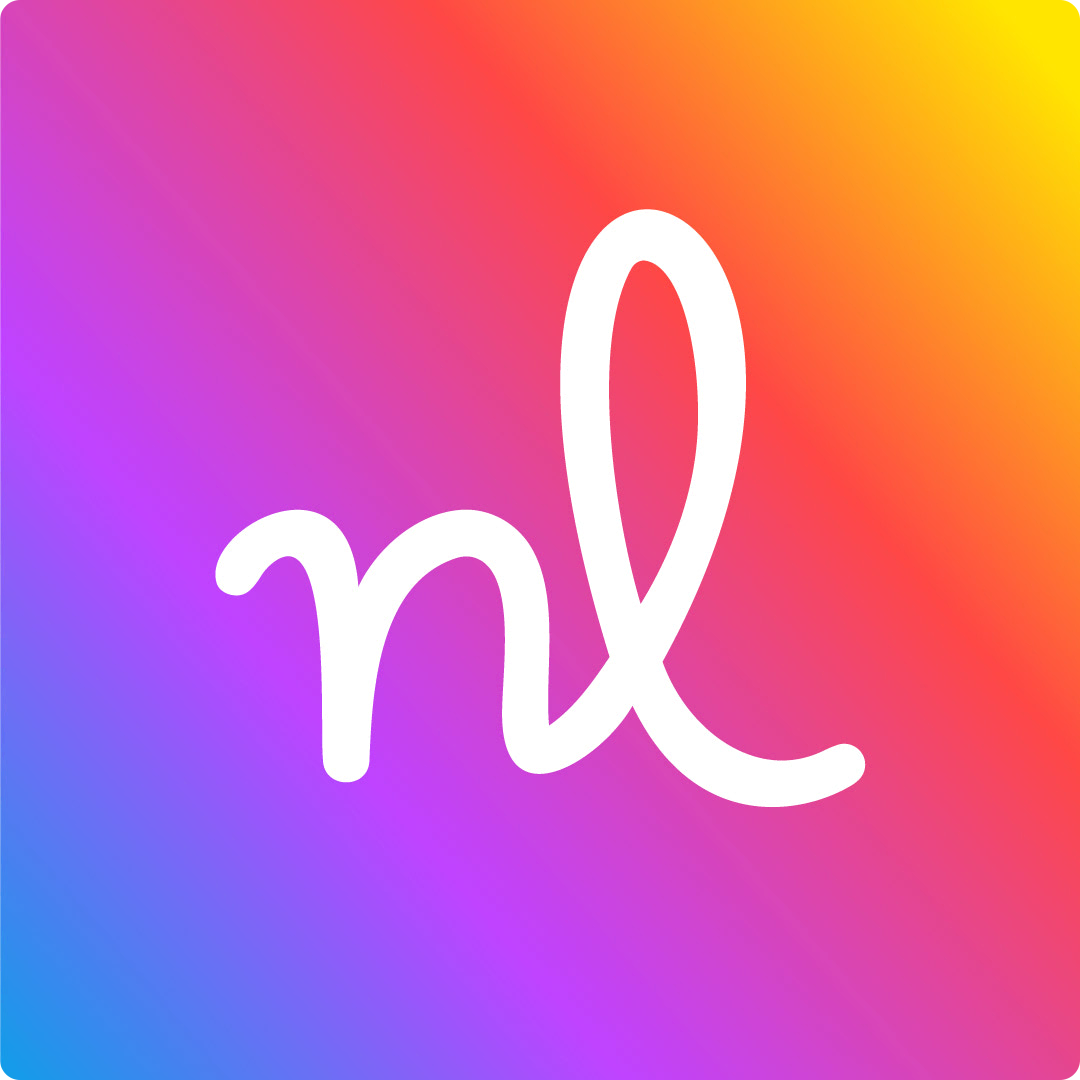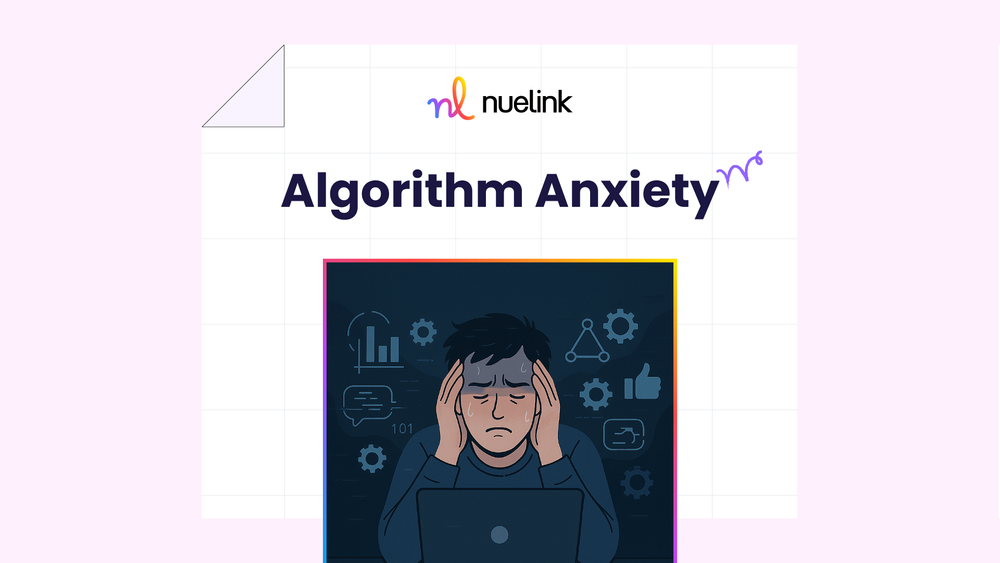YouTube's recent update to its advertiser-friendly content guidelines has caused a stir among creators on the platform. The update brought about significant changes in how the platform approaches profanity and violence in videos. These changes have the potential to affect a large number of videos on the platform, many of which were created before the new policies were announced.
YouTube has also announced a new system for the terms of its Partner Program, which includes a base agreement outlining content and payment guidelines for creators. In this blog post, we will discuss the latest update coming from YouTube.
Table of Contents:
What Is YouTube Partner Program
New YouTube Partner Program
YouTube Latest Policy Update
What Is YouTube Partner Program
The YouTube Partner Program (YPP) is a program designed to provide creators with access to a wide range of resources and monetization features on the popular video-sharing platform.
The YouTube Partner Program (YPP) is a program designed to provide creators with access to a wide range of resources and monetization features on the popular video-sharing platform. By becoming a part of the YPP, creators will have access to YouTube's Creator Support teams, which are dedicated to helping creators grow their channels, reach a wider audience, and address their concerns.
One of the most significant benefits of the YPP is the opportunity to earn revenue from ads that are served on your content. When ads are displayed on your videos, you will receive a share of the revenue generated, allowing you to monetize your content and earn an income from your YouTube channel.
New YouTube Partner Program
YouTube has stated that this modular approach will allow the company to add new monetization opportunities in the future without having to update or amend the entire monetization agreement.
YouTube has announced that it is introducing a new model for the terms of its Partner Program. This means that all creators within the program will have to sign a base agreement that outlines what can be posted on the site and how payments work. This applies to existing YouTube Partners as well, who will have until July 10th, 2023 to accept the new terms or risk losing their ability to monetize their content on the platform.
In addition to the base agreement, there will also be additional agreements for Watch Page and Shorts monetization, which can be agreed to separately. The Shorts agreement, which will be available starting February 1st, gives creators a cut of the revenue from ads viewed between videos in the Shorts Feed. The Watch Page agreement covers other types of content such as live streams and traditional "long-form" videos on YouTube, YouTube Music, or YouTube Kids.
YouTube has stated that this modular approach will allow the company to add new monetization opportunities in the future without having to update or amend the entire monetization agreement. Additionally, creators have the option to opt out of certain monetization modules after signing up for them, although this may limit their monetization options.
This announcement comes as YouTube is also revising the requirements to join the YouTube Partner Program and its guidelines.
YouTube Latest Policy Update
YouTube's update to its advertiser-friendly content guidelines has brought about significant changes that have affected many creators on the platform.
In its recent update to its advertiser-friendly content guidelines, YouTube expanded its approach to profanity and violence. The company's definition of violence now includes in-game violent content. However, gore in "standard gameplay" is allowed, but only after the first 8 seconds of a video. These changes left something to be desired, and creators have expressed their concerns and frustration.
The changes to YouTube's profanity policy were more drastic. The platform announced that it will no longer consider "hell" and "damn" as profane words. However, all other profanity will be lumped together and creators may not receive ad revenue if they cursed in the title, thumbnails, or in the first 7 seconds of the video.
This means, if the swearing starts after the first 8 seconds of the video, the video will still be eligible for ad revenue. However, these changes have affected a large number of videos, many of which were created before the new policies were announced. Creators started noticing these changes in effect around the end of December, and many of their videos have been slapped with new restrictions that limit their reach and ad eligibility. These changes are not only applied to new content but old content as well.
YouTube has received feedback from many creators who are angered by these changes, and the company seems to be taking it into consideration and is reconsidering the update.
Overall, YouTube's update to its advertiser-friendly content guidelines has brought about significant changes that have affected many creators on the platform. This is a great opportunity to have a new source of income and could be made easy by using a social media management tool. Nuelink, for instance, is an amazing tool for YouTubers that offer great YouTube automation and scheduling features.







